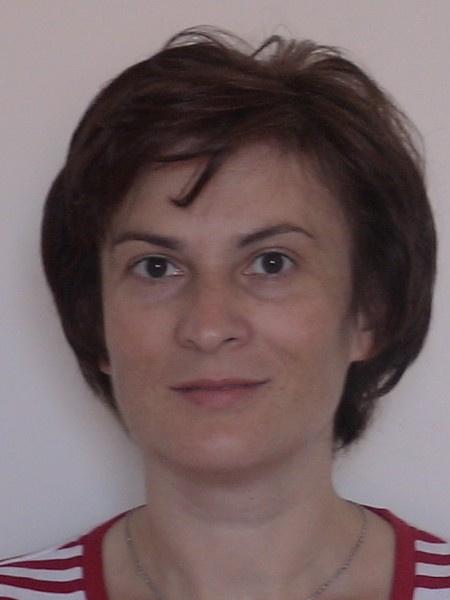abstract
The chirality quantification is of great importance in structural biology, where the differences in proteins twisting can provide essentially different physiological effects. However, this aspect of the chirality is still poorly studied for helix-like supramolecular structures. In this work, a method for chirality quantification based on the calculation of scalar triple products of dipole moments is suggested. As a model structure, self-assembled nanotubes of diphenylalanine (FF) made of L- and D-enantiomers were considered. The dipole moments of FF molecules were calculated using semi-empirical quantum-chemical method PM3 and the Amber force field method. The obtained results do not depend on the used simulation and calculation method, and show that the D-FF nanotubes are twisted tighter than L-FF. Moreover, the type of chirality of the helix-like nanotube is opposite to that of the initial individual molecule that is in line with the chirality alternation rule general for different levels of hierarchical organization of molecular systems. The proposed method can be applied to study other helix-like supramolecular structures.
keywords
DIPHENYLALANINE MICROTUBES; PHYSICAL-PROPERTIES; WATER; ORGANIZATION; MOTIF
subject category
Chemistry, Multidisciplinary; Nanoscience & Nanotechnology; Materials Science, Multidisciplinary; Physics, Applied
authors
Bystrov, V; Sidorova, A; Lutsenko, A; Shpigun, D; Malyshko, E; Nuraeva, A; Zelenovskiy, P; Kopyl, S; Kholkin, A
our authors
Groups
G2 - Photonic, Electronic and Magnetic Materials
G3 - Electrochemical Materials, Interfaces and Coatings
acknowledgements
The authors are grateful to the Russian Foundation for Basic Researches (RFBR): grants No 19-01-00519_A and 20-51-53014_GFEN_A. Part of this work (A.K.) was supported by the Ministry of Science and Higher Education of the Russian Federation (grant No. 075-15-2021-588). P.Z., S.K. and A.K. are grateful to the FCT project BioPiezo-PTDC/CTM CTM/31679/2017 (CENTRO-01-0145-FEDER-031679) and to the project CICECO-Aveiro Institute of Materials, refs. UIDB/50011/2020 and UIDP/50011/2020, financed by national funds through the Portuguese Foundation for Science and Technology/MCTES. Part of this work was funded by national funds (OE), through FCT-Fundacao para a Ciencia e a Tecnologia, I.P., in the scope of the framework contract foreseen in the numbers 4, 5, and 6 of the article 23, of the Decree-Law 57/2016, of August 29, changed by Law 57/2017, of July 19. A.S. and E.M. are grateful to the the Interdisciplinary Scientific and Educational School of Moscow University Fundamental and Applied Space Research.





